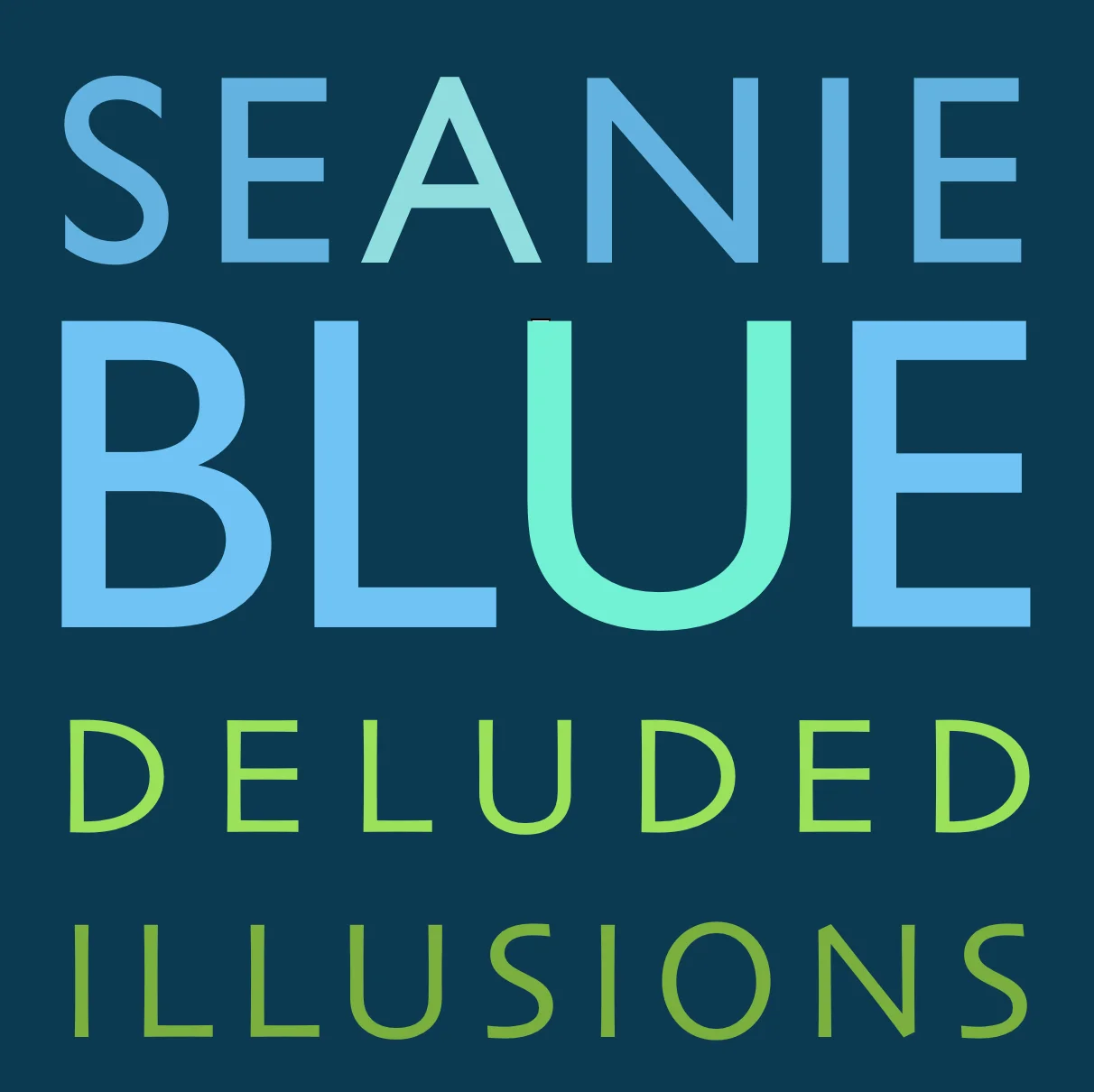Lines Drawn in the Sky by a Failed Pilot

Gehry's ICA building as seen from the High Line.
He was going to be a jet pilot. Not a jet pilot in the gamer sense, blowing other jets up. No, Frank Gehry while he swept up the trash at a small airfield in Southern California dreamed of being the guy you heard piloting your 757 from LAX to JFK: "Hello, this is your captain Frank Gehry, wishing you a pleasant flight at 33,000 feet," etc. Would he have pointed out the lines of the terminal at Dulles Airport? "On your left is a building designed by Eero Saarinen, a guy from Finland who designs some very comfortable chairs," for example. But he never became a pilot. He fell into architecture by accident, and look what has happened.
You walk the High Line in Chelsea, early early to avoid the stultifying tourists, and Gehry looms over your stroll as his fish looms over the city of Bilbao. I resist him, always, in a way I would never do for a designer like Gaudi or Louis Kahn, because he seems so artless and maybe a bit artificial. But the lines he weaves into cityscapes always pop into my sights: his buildings are candy, and I am a baby when cribbed by imagination, and his imagination is quite possibly the biggest on the planet. I mean this in the macroeconomic sense and not as theory: I know people who sprout with useless and unused ideas, but Frank Gehry's inventions added up on a shopping list might represent the single greatest public investment into a person's creativity. Who can challenge him? Steve Jobs leaps to mind, but Steve Jobs will be no more known in 50 years than Tesla or Teller, or Warhol or Wenders, while Gehry's buildings, like Gaudi's, will still be valuable public spectacles.
How did he happen?
And look at this picture again. It's a view from the High Line, and it is unfair to his building, but Jean Nouvel is utterly overshadowed by Gehry! It doesn't matter if you get off the trestles and walk up to the two buildings to look from the street: Gehry's beehive steals the eye from Nouvel's glassy squares. But why get off the train tracks? The High Line is a triumph of art over commerce, itself. The view from the elevated walkway gives glimpses of New York's evolution; you can watch the city's molt as a sort of time lapse creativity. The tracks brought trains directly to the upper floors of warehouses in NYC's industrial districts, and shipped goods into or out of the rest of the country right from 14th Street. Originally on the street level, the train crossings caused lethal accidents, and forced the companies to hire "West Side Cowboys" to walk in front of the trains warning automobiles out of the way. The elevation of the train tracks onto the trestles meant business could rumble forward without killing pedestrians. Critically, the train tracks were built into the middle of the blocks, and not directly above the street, as happens commonly elsewhere. This gave the industrial buildings direct stops right on the train line, and good could be loaded or dumped trackside. But trucks destroyed all that, and realtors and Giuliani were determined to bust the tracks down and put up more offices and condominiums. Thank goodness for activists. The tracks are now a park, New York's latest public jewel, crawling with sightseers and joggers and people like me, amateur photographers hoping to catch something original.
I didn't know Gehry was a major bauble on the tracks' route. That alone would have brought me there. I'd seen the building before, on my way to the Holland Tunnel, and I stay in the Chelsea area when I am in NYC, so the building's existence should not have been such a surprise, but this is why I'm writing about the High Line: the perspective of any shot is like the flavor of any memory, molding to your needs. You walk closer, or you change a face in your history, you crouch or jump or stand in the shadows, or you substitute a word in a lover's question or answer, and suddenly the image or the context is different. It has become intimately strange, perhaps, or dangerously lovely. The walk high off the ground brings me face to face with Frank Gehry's febrile imaginings, unexpectedly. As soon as I saw the building, as soon as I made this image, I knew I had been in his thrall before.
I have taken Rimousky and Ron, Nicole and Aisha, Amber, Danielle and Halldora personally to Bilbao to see Gehry's fish there. Among many reasons to visit the Basques, his fish is foremost. Even the Basques will admit it. The building looms over the shipyards and the revived downtown, and Bilbao you could say has been saved by a fish. For fishermen such as the Basques, this is no small thing: Cabot arrived at the Canadian coast 500 years ago to find Basque caravels already there, fishing for cod. Gehry on behalf of the Guggenheim arrived in Bilbao to find Basques careening into poverty, their shipping in ruins. His fish is an invention a city can live by, literally.
